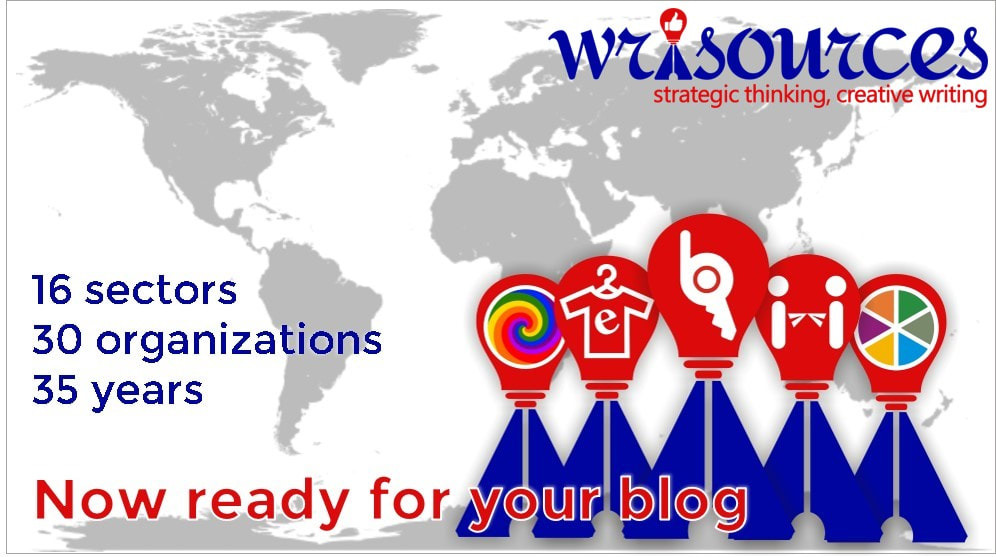|
Remote work in some permutation is here to stay. But the home-work environment continues to be muddled with challenges. It presents extended periods of labor in what are often confined spaces, a tight integration of overlapping personal and professional time, and limited physical social interactions with colleagues. In a survey in the U.K., more than 80% of the respondents said they experienced changes to their perception of time during the coronavirus pandemic. The absence of a clear transition from weekdays at the office to weekends at home has been disorienting. In our research on the business of space, teleworking, and the relationship between technology and isolation — and conversations with 10 middle management teams at technology companies, including Google, Oracle, Xilinx, Microsoft, Salesforce, Indeed, and Facebook — we have identified a model for how to manage a typical hybrid work environment: the organization of work during space missions. There are surprisingly helpful cues managers can take from how astronauts structure their time and their routines that lead to better planning and execution of work in a compact environment. The power of routineRoutines have great value. Defined by Martha Feldman and Brian Pentland as “repetitive, recognizable patterns of interdependent actions carried out by multiple actors,” routines enable organizational work to stay on track through habit-forming behaviors. Their institutionalization over time creates prompts that trigger specified responses. During a crisis, routines undergo changes and evolve. Since the start of the COVID-19 pandemic, many of us have found ourselves working from home in our pajamas, having breakfast while logging on to Zoom meetings, and working beyond official work hours. These routines are neither healthy nor sustainable. Meeting the inherent challenges of hybrid work, where colleagues must collaborate from different locations and are often in their personal living spaces, requires the development of new routines that support these environments. We draw on lessons from the typical space mission, which is representative of a physically disconnected work structure between the mission control — aka the office headquarters — and far-flung, task-oriented teams. Here are three routines to borrow from space missions. 1. Manufacture zeitgebers to build new rhythmsZeitgebers are external environmental cues that humans use to regulate their internal biological rhythms. They include sunlight, darkness, and changes in temperature, as well as exercising, eating, and engaging in social interactions. Astronauts have hectic work schedules that keep them very busy, they have to adjust to alterations to their natural zeitgebers — restricted physical social interactions, work rhythms that include intense activity spurts, changes in eating patterns, and a reduction in the range of emotions they feel on a daily basis. They also see multiple sunrises and sunsets a day — as many as 16 sunrises every 24 hours on the International Space Station as it orbits Earth. To deal with these disrupted zeitgebers, astronauts on space missions mark the passage of time by dining together, participating in group recreational activities, celebrating holidays, and interacting with their families via audio or video. Mission managers structure long-duration expeditions with intermediate goals, celebrating each milestone in ways that highlight the progress being made toward the overall mission goal. Contractbook, a Danish contract management platform, has introduced a variety of zeitgebers for its virtual workforce, including biweekly town halls, watercooler calls, selfie days, and a virtual gong to celebrate deal closures. (Oracle also uses a virtual gong over Slack every time a new sale closes.) Routines such as these allow staff members to celebrate small wins and replicate casual interactions with colleagues — even those they’ve never met in person. 2. Plan for both structure and flexibilityRemote working has resulted in a complete disruption of the open office concept. Instead of having an agile environment with active physical and social interaction and plentiful open space, the remote environment is exemplified by extended periods of rigidity, both in a physical sense and a social sense. Astronauts respond to this condition by observing a set schedule and routines on weekdays, with greater flexibility on weekends. Time is also set aside for performing housekeeping duties. The goal is to create organization and consistency within the confines of a rigid environment. Xilinx adopted a new policy during COVID-19 of giving people the third Friday of the month off, specifically “to decompress employees from work-related stresses and to create a healthy boundary between work and our whole selves.” This policy introduces a new type of zeitgeber intended to reset work cycles. 3. Prioritize internal communicationExtended physical disconnection can create challenges for communication, resulting in work pressures that are differently and individually experienced by personnel. On space missions, distantly located personnel have felt abandoned and ignored and perceived a lack of empathy on the part of Mission Control in terms of comprehending the constraints and stressors of working remotely. NASA learned from these incidents and built schedules that factor in regular communication and check-ins across teams while still allowing for flexibility in engagement and interaction. Managers must understand that person-to-person communication cues — both verbal and physical — are critical. They help employees create networks and bonds within the office, inculcate organizational values, and convey systems and workflows. Salesforce has made concerted efforts to make collaboration and culture-building top priorities during the pandemic. A purposeful process for remote onboarding emphasizes building trust and strengthening relationships, using a variety of fun social activities. Organizations can succeed when employees who are based in the terrestrial capsules they call home have the benefits of structure and frequent communication with their peers and managers. Adapted from What Space Missions Can Teach Us About Remote Work written by Tanusree Jain and Louis Brennan and published in MITSloan Management Review on November 16, 2021.
Images: https://www.enjpg.com/img/2020/outer-space-6-e1608499595386.jpg http://www.clipartbest.com/clipart-RidKRnpi9
1 Comment
Viveka Roychowdhury
23/11/2021 06:21:56
Excellent tips, and very timely too. Will be sure to use some of them
Reply
Leave a Reply. |
Vijayakumar Kotteri
Abstracts from works of different authors. Archives
November 2021
Categories |


 RSS Feed
RSS Feed






